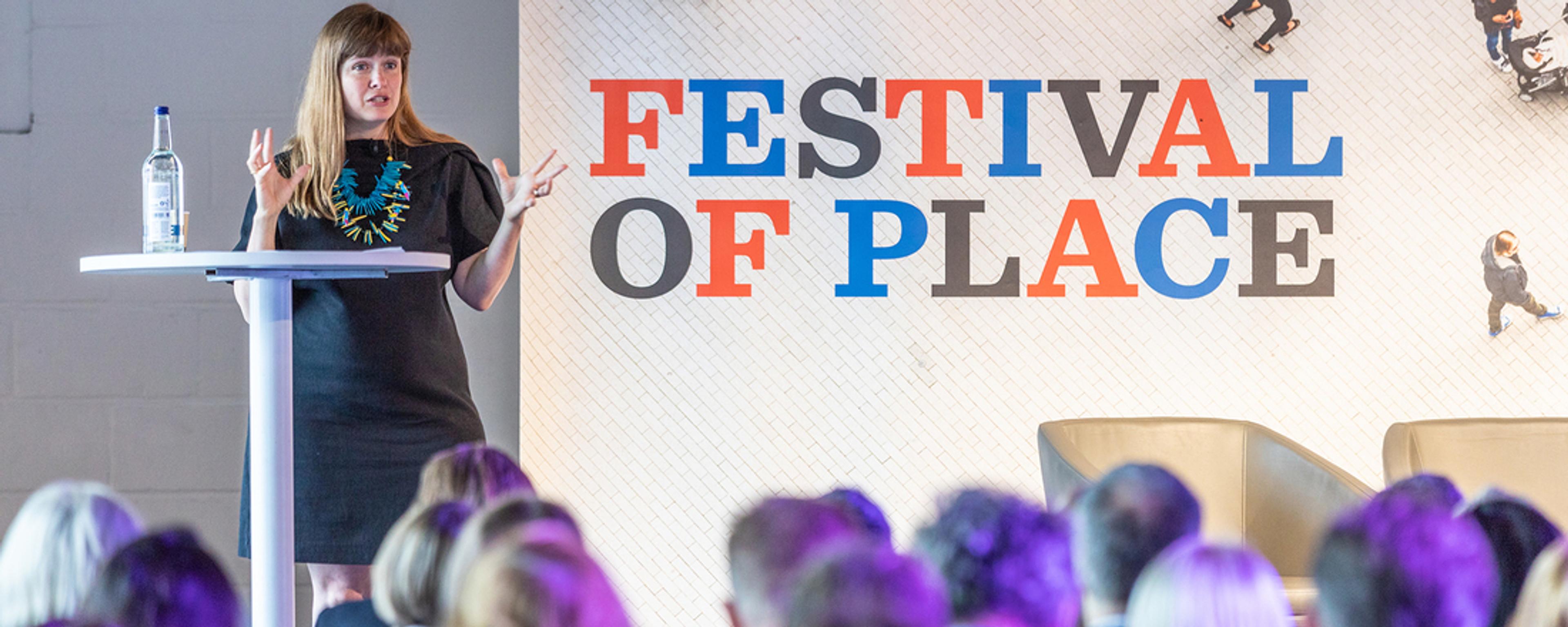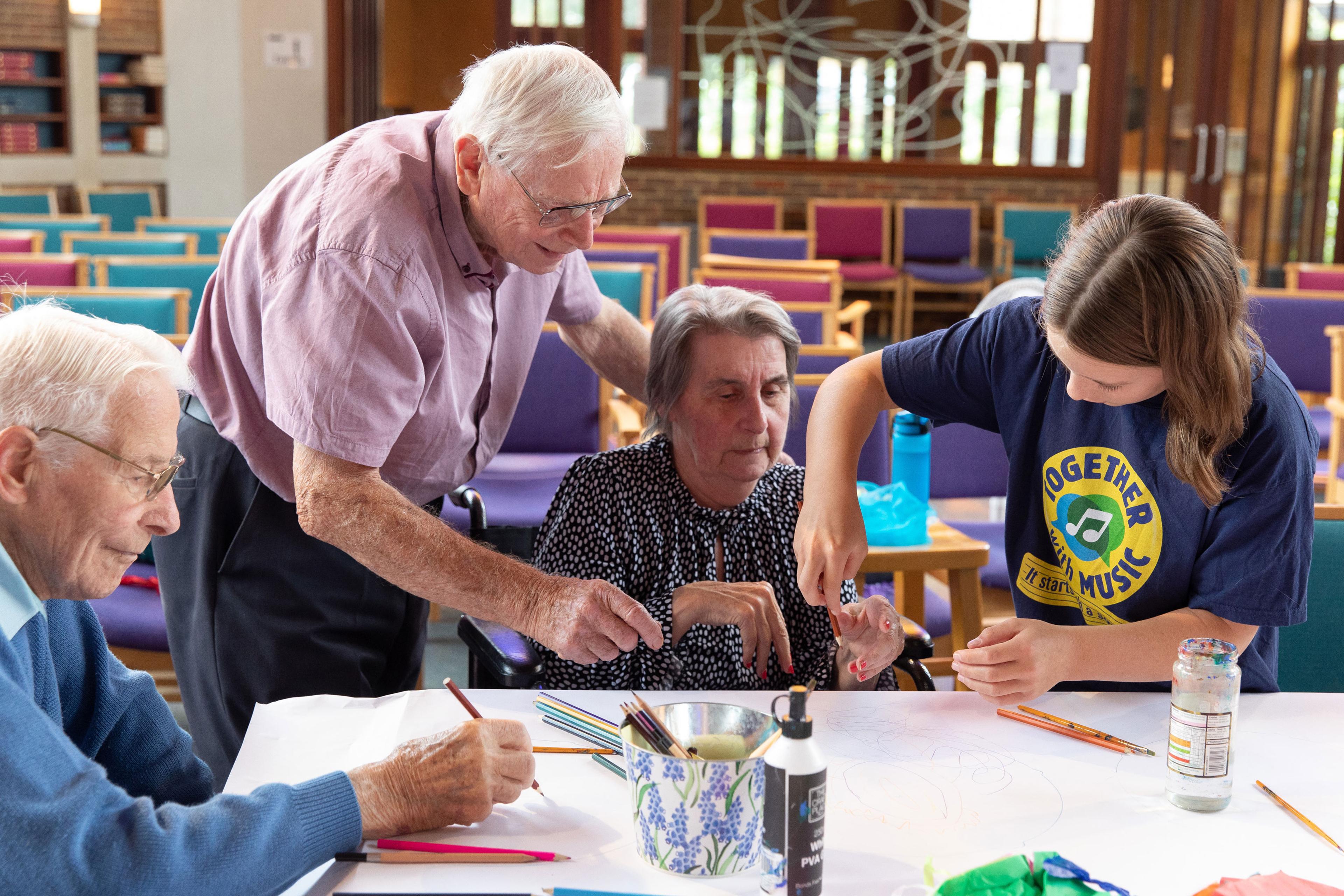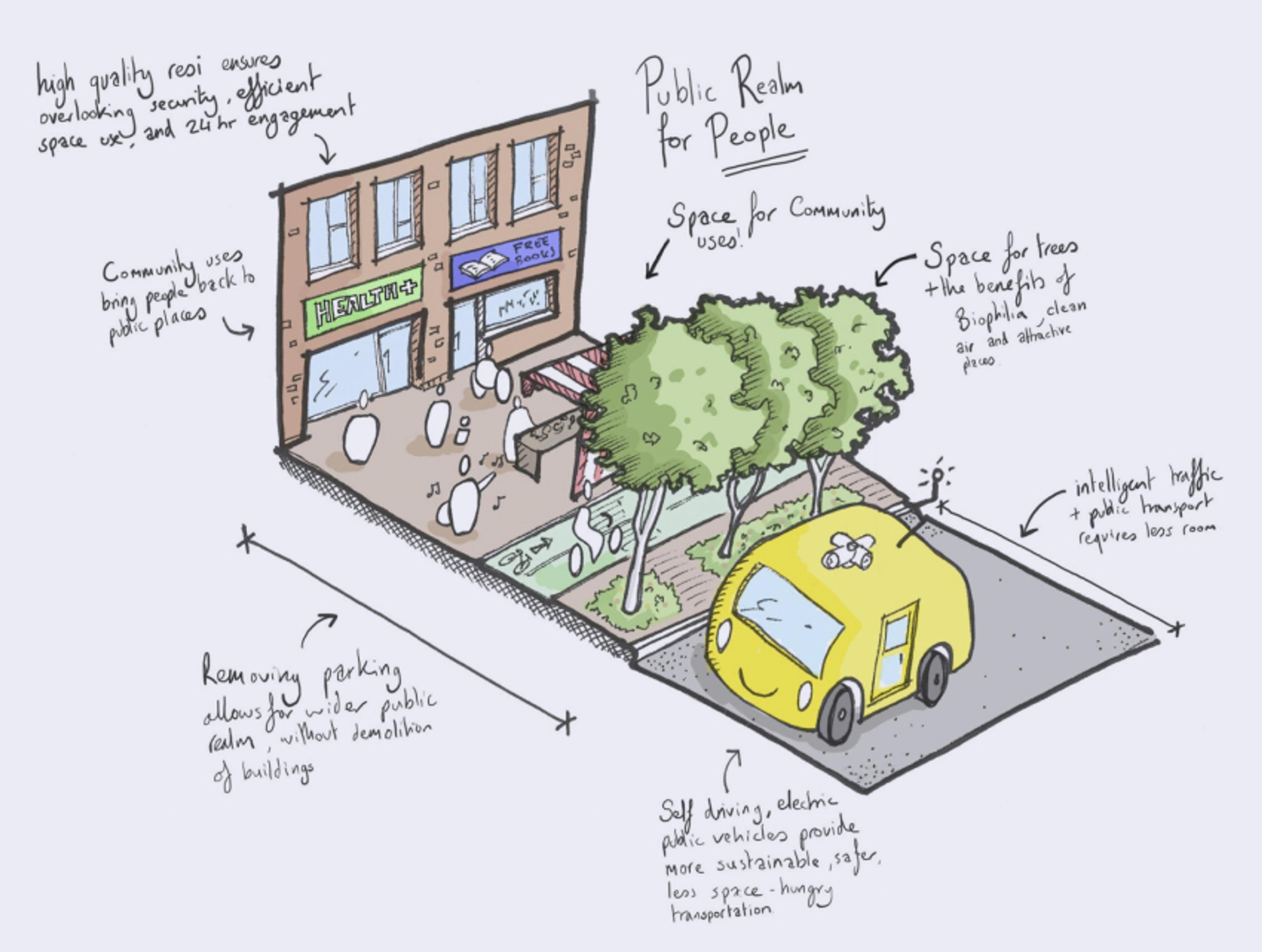Living with loneliness
by Ian Treherne, Sense
2020

I’m from Southend, and I’m an ambassador for Sense UK in London. I’m visually impaired or, as most might say, blind. I have a loss of 95% of my eyesight, so I have a very small window of sight.
My real-life experiences reflect many of the points of discussion that came up during the Future Spaces Foundation’s roundtable on urban loneliness. I spend a lot of time being isolated and lonely. This is something that has become worse for me in recent years. There are loads of different factors that make it worse. It all comes down to a lack of actual connection – being next to somebody or talking to someone, even someone you don’t know or might not have anything in common with. I go home feeling so much better when I’m surrounded by people and communicating and talking with them. I can say from experience that loneliness is a massive killer. It’s a very emotional thing.
One of my problems is being stuck indoors, isolated. I never thought I would experience such loneliness, because I used to be out all the time; I was always active. But my eyesight has cut me off from the world, and just looking out the window is not enough. I feel like I’m living the life of a very elderly person. My social support has not been very good, which has the effect of making me feel more lonely, more isolated, more disconnected, more cut off. I was supposed to be assigned someone to help me travel to the roundtable, for example, but that didn’t happen. I was forced to come to London on my own from Southend, and it was a stressful journey. In those situations, I can look really laid back and cool and calm, but often I’m having a panic attack inside.
I’m a professional photographer. My photography, thankfully, has been a way to connect with people. Getting into portraiture in particular has allowed me to connect with others, to have a reason to get up and out and go meet someone. I love talking to people, finding out their backgrounds, what makes them tick. I’ve been going blind since the age of 15, and my eyesight continues to get smaller and smaller. This of course makes my life as a photographer difficult. I’m very interested in the way design can affect day-today life for people with disabilities such as mine. Even basic stuff, like the door to a building, can massively impact my experience. When I arrived at the roundtable, for example, I couldn’t find the front door. There was no handle. That is a very basic element of design, and it shouldn’t be too elaborate. I know how a door works, and I struggled to get into the building until someone caught me outside. Very simple things like entrances and exits can be a struggle for someone like me, but they don’t have to be. It’s important that design is simple, basic and accessible above everything.
This post was extracted from our Kinship in the City report.






